North Indian cuisine has been around for ages and has aged to accommodate the different flavours introduced to the land. The vibrant culinary tradition is backed by a heritage. The region has been influenced by various cultures over the centuries, like – the Mughals, Persians, Chinese, British, Dutch, etc. These interactions have left a footprint on the region’s cultural heritage. The unique culinary landscape is a result of this very history. North Indian cuisine is characterised by its bold flavours and diverse dishes best enjoyed in these regions.
Significance of the North Indian culinary heritage
North Indian cuisine speaks for its heritage. With every added ingredient or the way a food is made, one can see a little bit of cultural influence sliding into place. The cuisine is unique and enjoyed by people across the world. Food plays a crucial role in the culture and is never forgotten as the centre of conversations at community events.
Preserving the Indian culinary heritage
Because of how vast the region is and the different layers of history that overlap, it’s been important to keep a close eye on all of it. While most culinary traditions are best exchanged in the kitchens, cookbooks have been created to avoid the personal pinch of masalas. These are not only helpful in maintaining the history of the culinary experience and help those who enjoy cooking to experience authentic dishes in the comfort of their homes. Cookbooks or recipe blogs document the traditional recipes and techniques. These techniques might be tricky for those unfamiliar with the region and its unique kitchen utensils. The recipe blogs often have tricks or pastes one can buy to achieve a similar result.
Indian food for the global audience
Taking a trip to India, eating all that the country has to offer and then returning to one’s home country can be a depressing experience. This is where cookbooks or online recipes come in handy. One can preserve the culinary traditions and also share the same with those beyond its borders.
The Indian culinary heritage isn’t one that can be learned in a day. Something as simple as the tandoor has a history that runs for pages. What the Persians brought to the land was then used to create a list of crowd favourites: tandoori roti, kebabs, naan, etc.
- Food blogs, articles, and cookbooks are an excellent way to have the history of North Indian food captured in text. This can be referred to and maintained not to dilute the signature flavour of North Indian cuisine.
- Popularising restaurants or techniques that are authentic to the North Indian culinary experience. This ensures that too many influences don’t take away from the source recipe. Encourage authentic cooking and sourcing local ingredients; this is extremely important.
- Learning about the heritage of North Indian food. Understanding where it comes from, who influenced it, and why it is the way it is today. Something as simple as learning what the garam masala is made up of can help food on a deeper level.
- Getting food from the right place. This includes ingredients as well. Finding restaurants that source ingredients from authentic sellers. Even something as simple as pastes should be bought from sellers who understand Indian flavours, the quality of spices and the technique with which they’re made and preserved.
Also read – How Royalty Preserve Lifestyle In India: Silver Ladoos
A food enthusiast and a blogger – someone who likes to eat and write about it. I’m passionate about exploring different cuisines and challenging my palette. I give into my food craving regularly and am often on the hunt to find my new favorite food place in town.
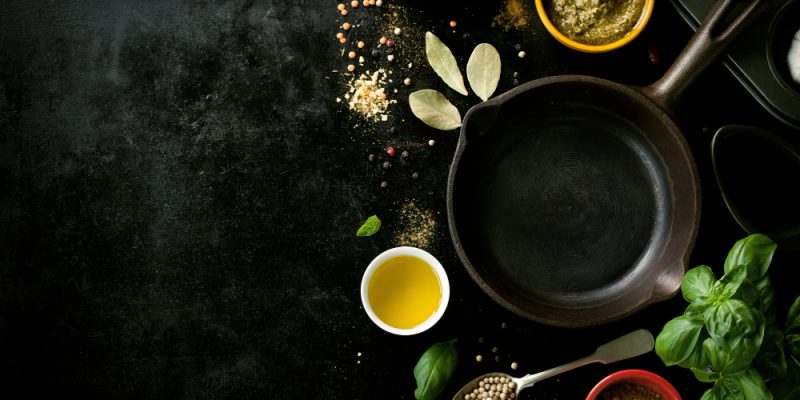

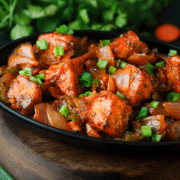



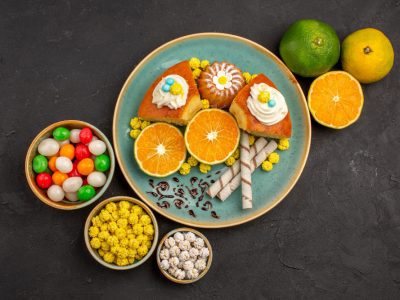

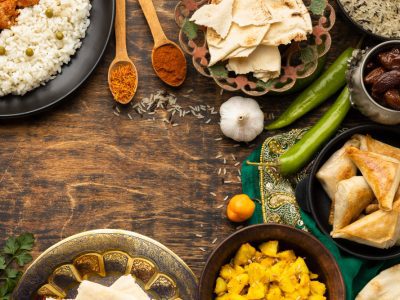

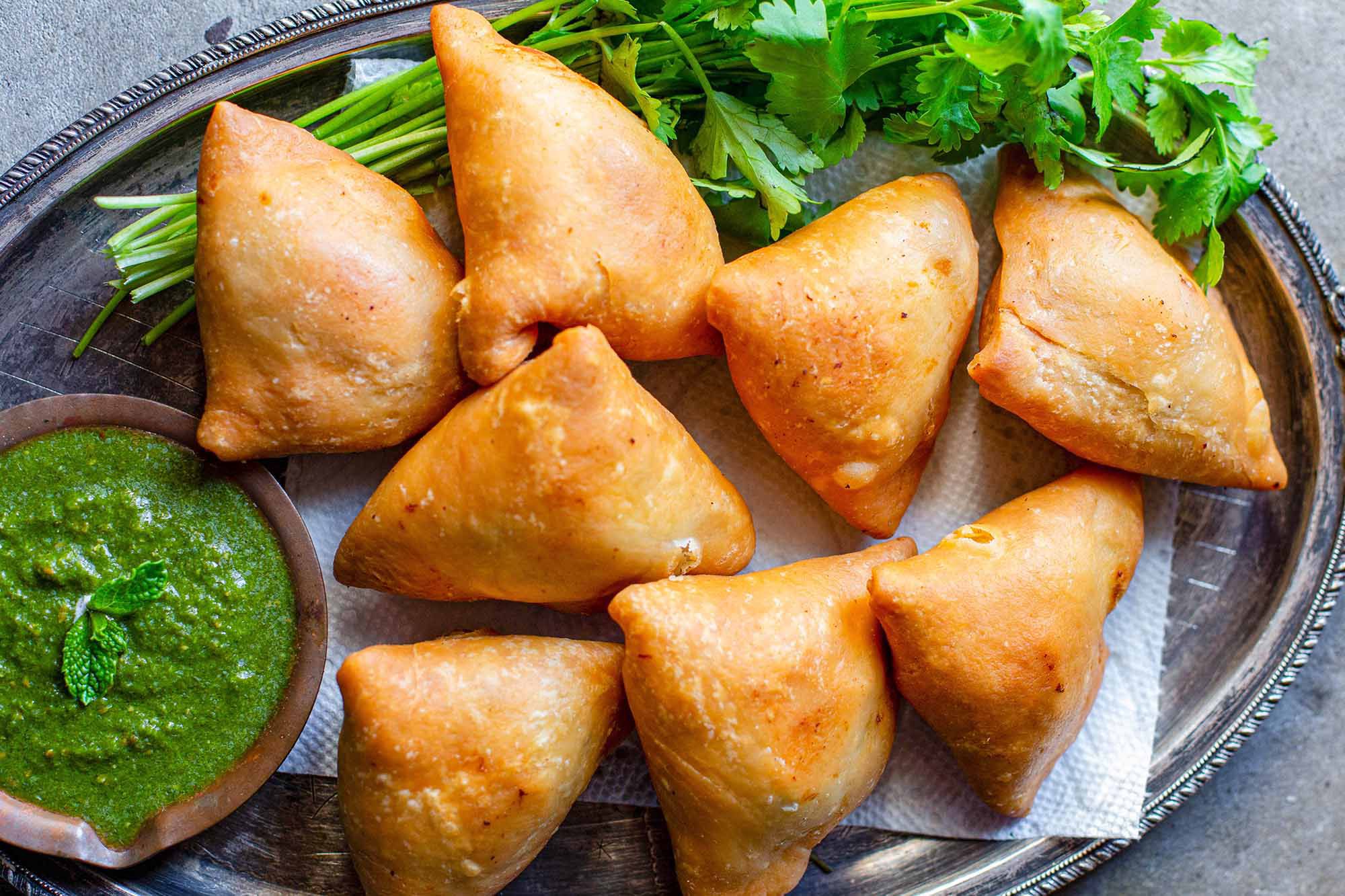



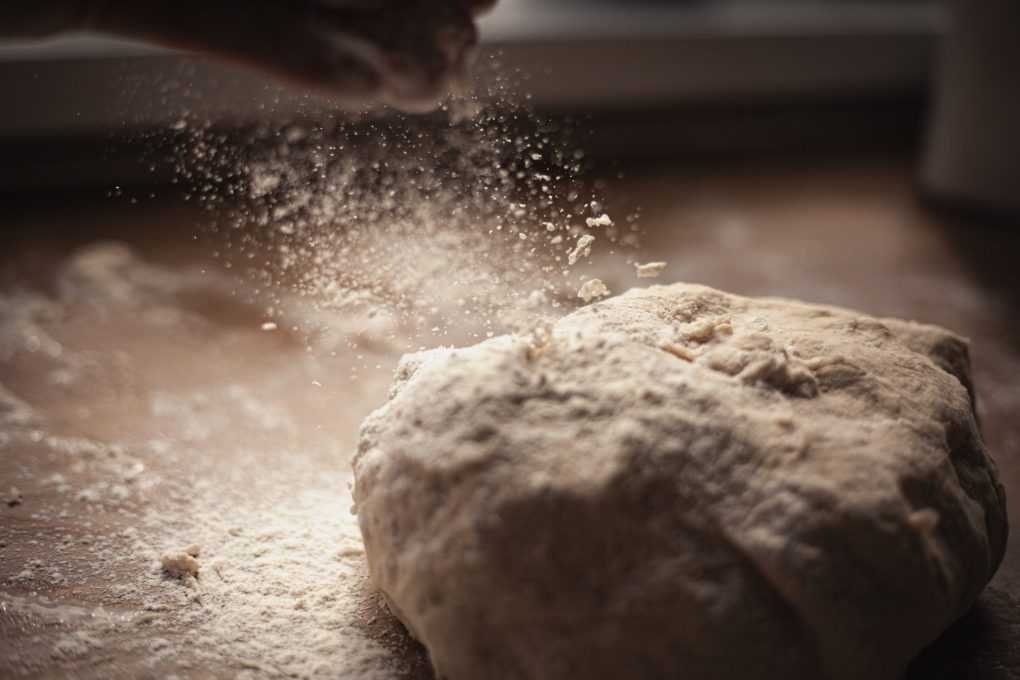
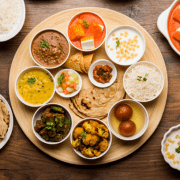

[…] Also Read- Preserving the vibrance of the North Indian culinary heritage […]
[…] Also Read- Preserving the vibrance of the North Indian culinary heritage […]